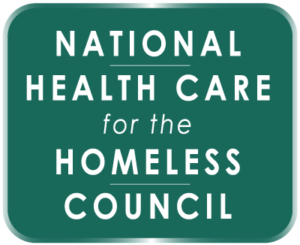Julia Dobbins is the Director of Programs and Services for NIMRC.
Medical respite care is a fairly recent phenomenon, with the earliest programs beginning in the mid-1980s. As the need for medical respite care for people experiencing homelessness has grown, communities have responded by developing their own unique programs using the resources available to them.
Today, more than 100 medical respite programs are in operation and several more are in development. While all of these programs provide a critical service, they vary significantly in their scope and intensity of services. These standards for medical respite programs aim to eliminate ambiguity about what constitutes medical respite care and create a foundation for program operations.
In 2011, the Steering Committee of the Respite Care Providers’ Network addressed the need to establish standards for medical respite care in order to improve quality and consistency across a range of programs and to improve opportunities for research and federal funding for medical respite care. A Task Force of medical respite care experts was charged with developing standards that: 1) align with other health industry standards related to patient care; 2) reflect the needs of the patients being served in the medical respite setting; 3) promote quality care and improved health; and 4) are achievable for a range of medical respite programs with varying degrees of resources.
After years of work, including multiple field tests and opportunities for public comment, the standards for medical respite care were finalized in October 2016. These standards are not intended to serve as a “one-size-fits-all” approach to delivering medical respite care. Rather, they serve as a framework to help medical respite programs operate safely, effectively, and seamlessly with local health care systems, and to promote program development and growth. We encourage any community interested in developing medical respite services to use these standards as a guide to ensure that your program is rooted in quality and equity.

